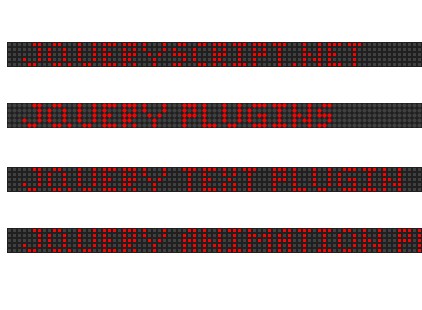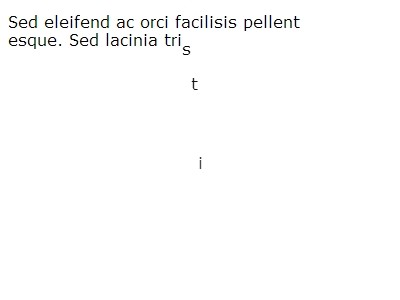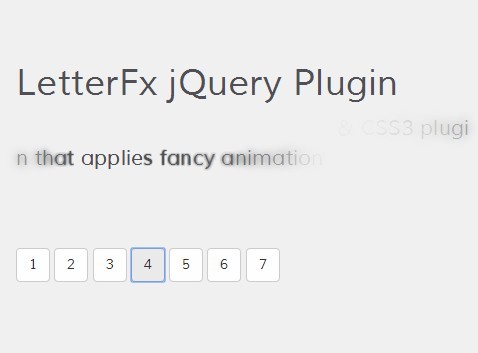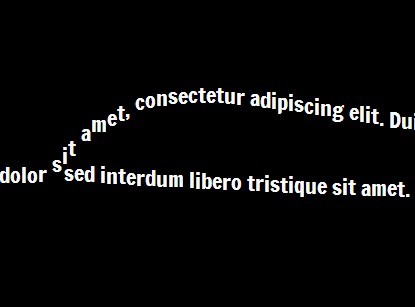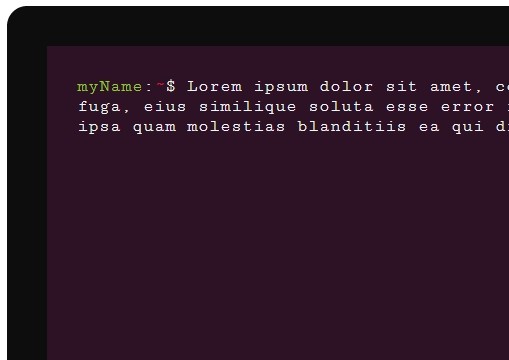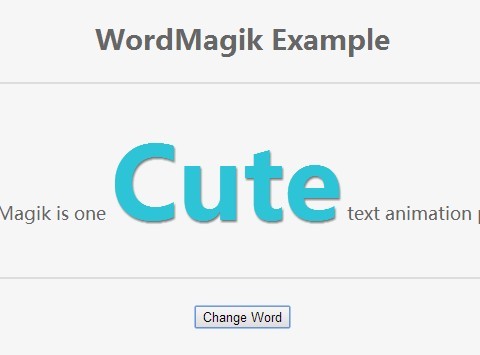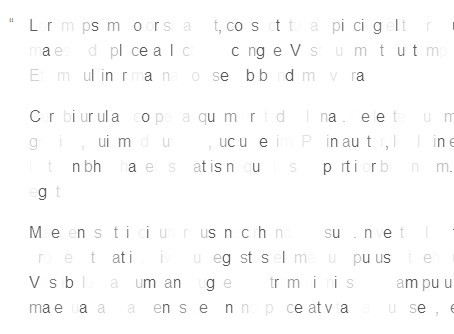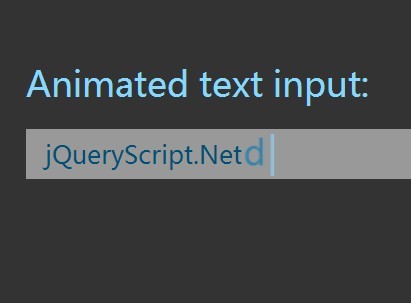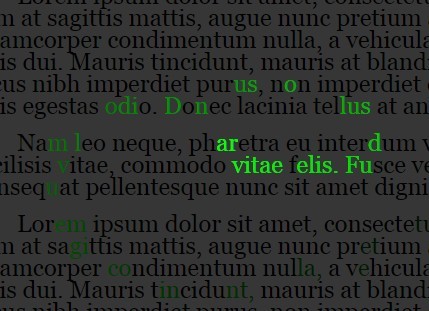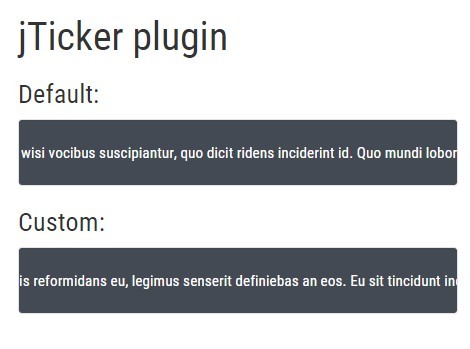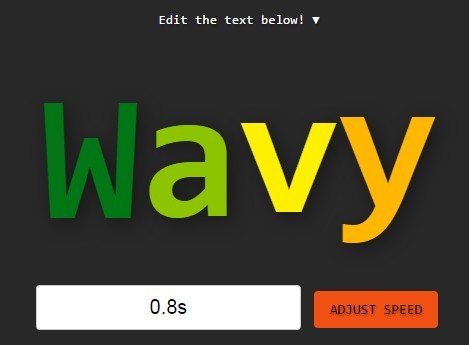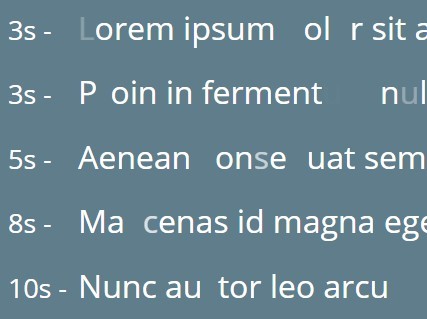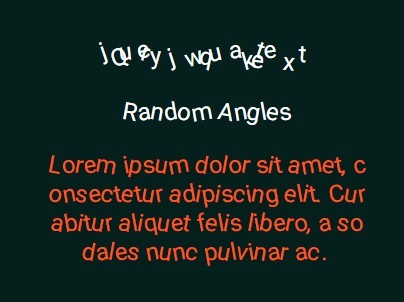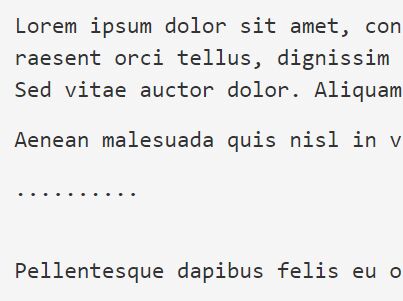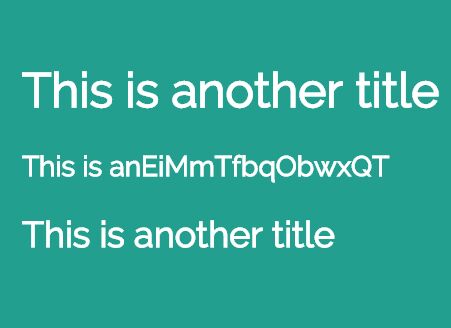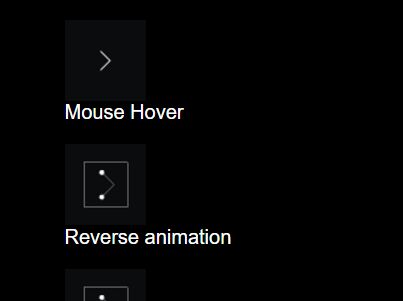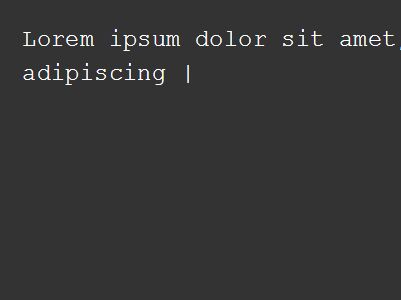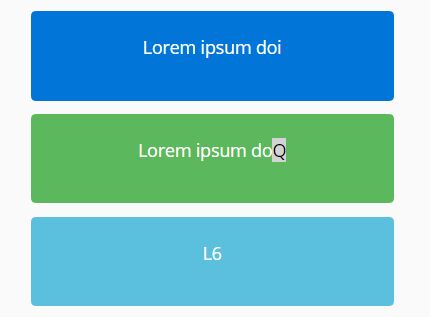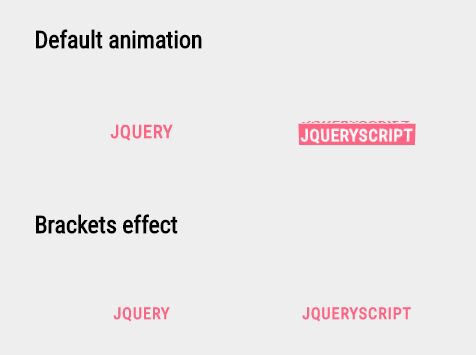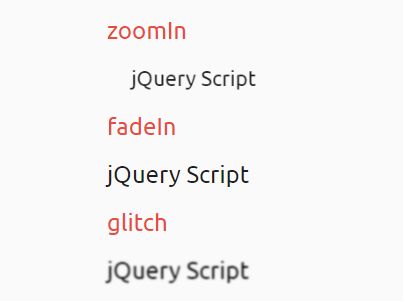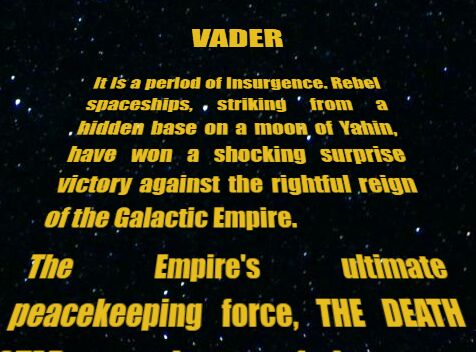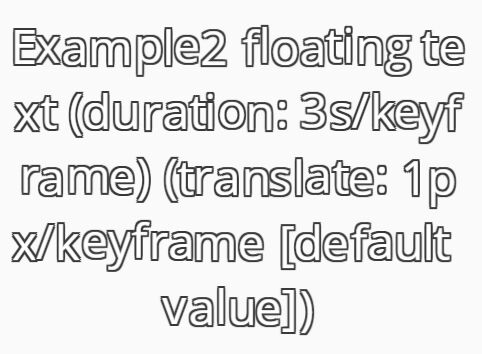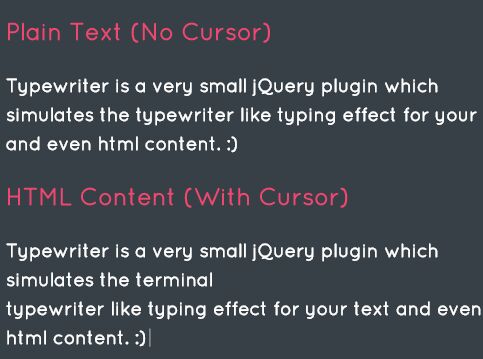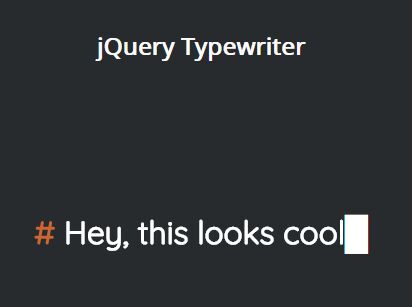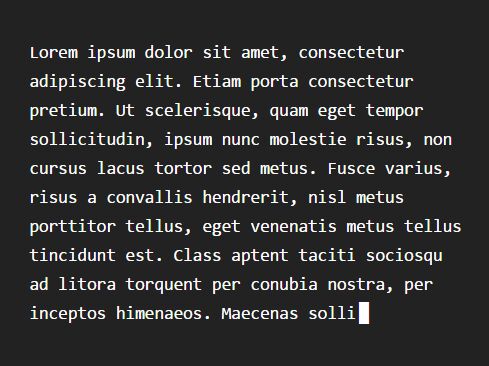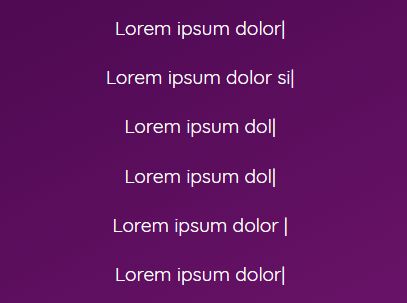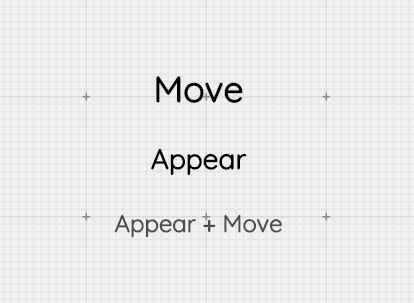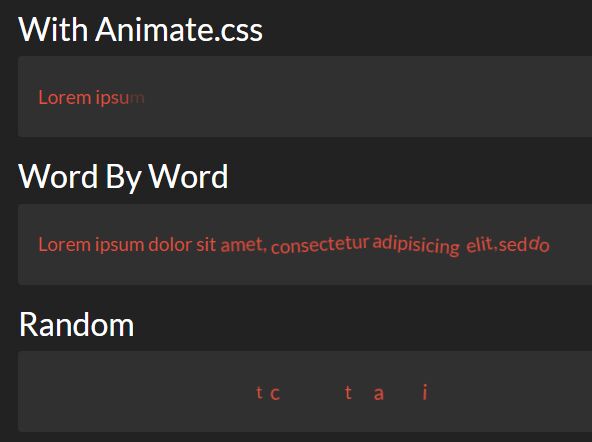Animate.css 





We need your help! animate.css v4 is in the work with lots of improvements and some breaking changes, including CSS custom properties support (aka CSS variables) and classes prefix for a safer use. We need your feedback! You can follow the development on the
devbranch and give your feedback on the issue tracker. Every feedback is welcome!
Just-add-water CSS animation
animate.css is a bunch of cool, fun, and cross-browser animations for you to use in your projects. Great for emphasis, home pages, sliders, and general just-add-water-awesomeness.
Installation
Install via npm:
$ npm install animate.css --saveor yarn:
$ yarn add animate.cssUsage
To use animate.css in your website, simply drop the stylesheet into your document's <head>, and add the class animated to an element, along with any of the animation names. That's it! You've got a CSS animated element. Super!
<head> <link rel="stylesheet" href="animate.min.css"> </head>or use a CDN hosted version by CDNJS
<head> <link rel="stylesheet" href="https://cdnjs.cloudflare.com/ajax/libs/animate.css/3.7.2/animate.min.css"> </head>Animations
To animate an element, add the class animated to an element. You can include the class infinite for an infinite loop. Finally you need to add one of the following classes to the element:
| Class Name | |||
|---|---|---|---|
bounce | flash | pulse | rubberBand |
shake | headShake | swing | tada |
wobble | jello | bounceIn | bounceInDown |
bounceInLeft | bounceInRight | bounceInUp | bounceOut |
bounceOutDown | bounceOutLeft | bounceOutRight | bounceOutUp |
fadeIn | fadeInDown | fadeInDownBig | fadeInLeft |
fadeInLeftBig | fadeInRight | fadeInRightBig | fadeInUp |
fadeInUpBig | fadeOut | fadeOutDown | fadeOutDownBig |
fadeOutLeft | fadeOutLeftBig | fadeOutRight | fadeOutRightBig |
fadeOutUp | fadeOutUpBig | flipInX | flipInY |
flipOutX | flipOutY | lightSpeedIn | lightSpeedOut |
rotateIn | rotateInDownLeft | rotateInDownRight | rotateInUpLeft |
rotateInUpRight | rotateOut | rotateOutDownLeft | rotateOutDownRight |
rotateOutUpLeft | rotateOutUpRight | hinge | jackInTheBox |
rollIn | rollOut | zoomIn | zoomInDown |
zoomInLeft | zoomInRight | zoomInUp | zoomOut |
zoomOutDown | zoomOutLeft | zoomOutRight | zoomOutUp |
slideInDown | slideInLeft | slideInRight | slideInUp |
slideOutDown | slideOutLeft | slideOutRight | slideOutUp |
heartBeat |
Full example:
<h1 class="animated infinite bounce delay-2s">Example</h1>Check out all the animations here!
It's possible to change the duration of your animations, add a delay or change the number of times that it plays:
.yourElement { animation-duration: 3s; animation-delay: 2s; animation-iteration-count: infinite; }Usage with Javascript
You can do a whole bunch of other stuff with animate.css when you combine it with Javascript. A simple example:
const element = document.querySelector('.my-element') element.classList.add('animated', 'bounceOutLeft')You can also detect when an animation ends:
const element = document.querySelector('.my-element') element.classList.add('animated', 'bounceOutLeft') element.addEventListener('animationend', function() { doSomething() })You can use this simple function to add and remove the animations:
function animateCSS(element, animationName, callback) { const node = document.querySelector(element) node.classList.add('animated', animationName) function handleAnimationEnd() { node.classList.remove('animated', animationName) node.removeEventListener('animationend', handleAnimationEnd) if (typeof callback === 'function') callback() } node.addEventListener('animationend', handleAnimationEnd) }And use it like this:
animateCSS('.my-element', 'bounce') // or animateCSS('.my-element', 'bounce', function() { // Do something after animation })Notice that the examples are using ES6's const declaration, dropping support for IE10 and some aging browsers. If you prefer, switch the const to var declarations and IE10 and some old browsers will get support (they still have to provide classList support, so do your research).
Setting Delay and Speed
Delay Class
It's possible to add delays directly on the element's class attribute, just like this:
<div class="animated bounce delay-2s">Example</div>| Class Name | Delay Time |
|---|---|
delay-2s | 2s |
delay-3s | 3s |
delay-4s | 4s |
delay-5s | 5s |
Note: The default delays are from 1 second to 5 seconds only. If you need custom delays, add it directly to your own CSS code.
Slow, Slower, Fast, and Faster Class
It's possible to control the speed of the animation by adding these classes, as a sample below:
<div class="animated bounce faster">Example</div>| Class Name | Speed Time |
|---|---|
slow | 2s |
slower | 3s |
fast | 800ms |
faster | 500ms |
Note: The
animatedclass has a default speed of1s. If you need custom duration, add it directly to your own CSS code.
Custom Builds
Animate.css is powered by gulp.js, which means you can create custom builds pretty easily. First of all, you’ll need Gulp and all other dependencies:
$ cd path/to/animate.css/ $ npm installNext, run npx gulp to compile your custom builds. For example, if you want only some of the “attention seekers”, simply edit the animate-config.json file to select only the animations you want to use.
"attention_seekers": { "bounce": true, "flash": false, "pulse": false, "shake": true, "headShake": true, "swing": true, "tada": true, "wobble": true, "jello":true }Accessibility
Animate.css supports the prefers-reduced-motion media query so that users with motion sensitivity can opt out of animations. On supported platforms (currently Firefox, OSX Safari and iOS Safari), users can select "reduce motion" on their operating system preferences and it will turn off CSS transitions for them without any further work required.
License
Animate.css is licensed under the MIT license. (http://opensource.org/licenses/MIT)
Code of Conduct
This project and everyone participating in it is governed by the Contributor Covenant Code of Conduct. By participating, you are expected to uphold this code. Please report unacceptable behavior to [email protected].
Contributing
Pull requests are the way to go here. We only have two rules for submitting a pull request: match the naming convention (camelCase, categorised [fades, bounces, etc]) and let us see a demo of submitted animations in a pen. That last one is important.




